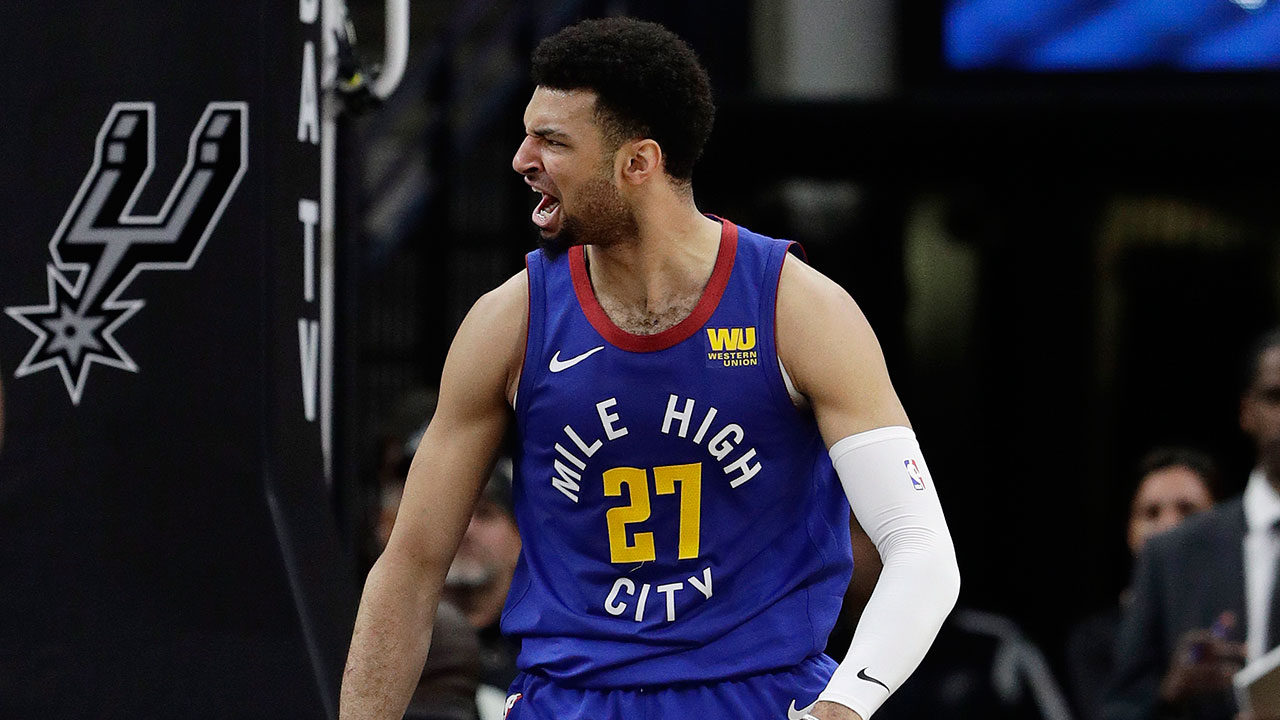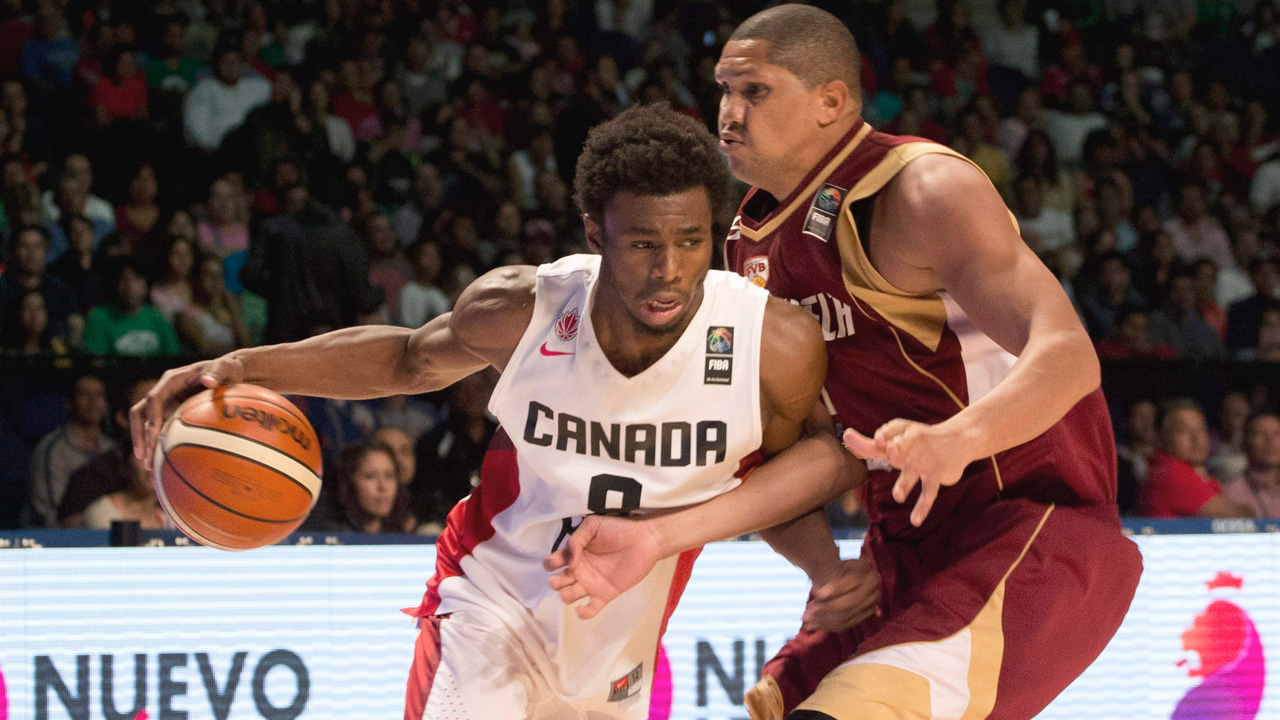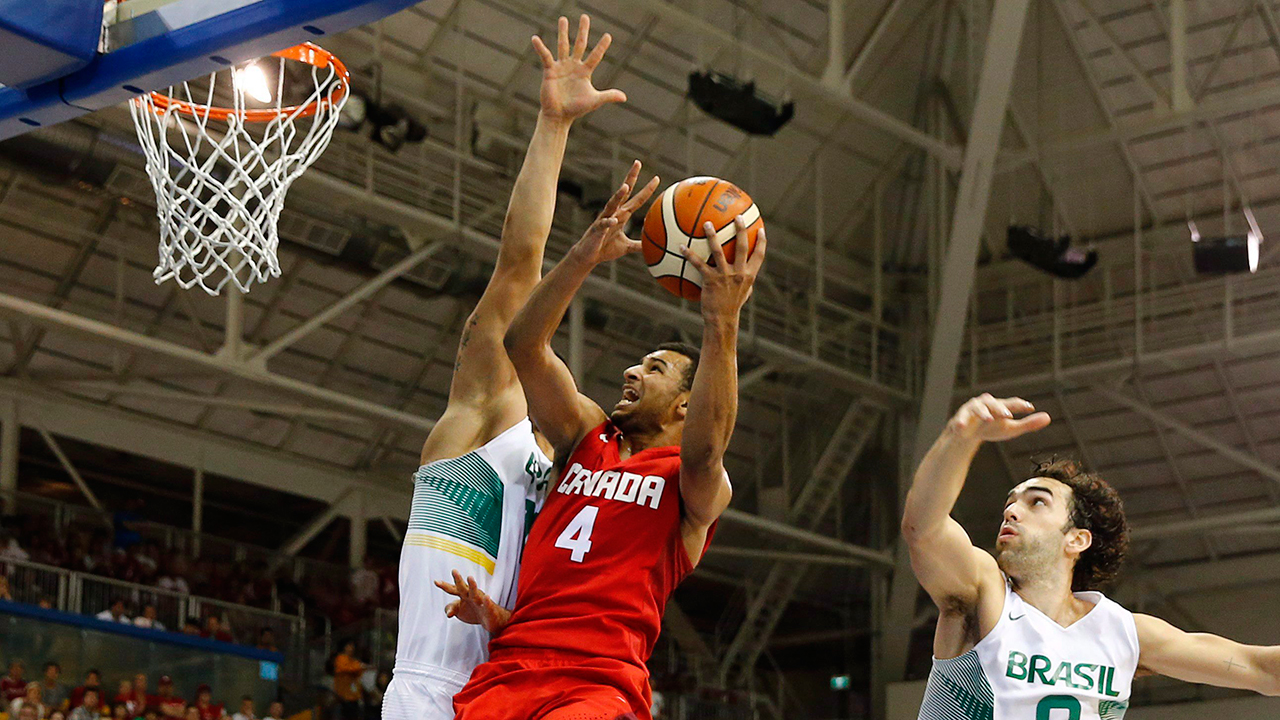TORONTO — The Golden Age has come of age; the stage is set, and the stakes are enormous.
But even as the moment Canada Basketball and Canadian basketball fans have been waiting years for has finally arrived, it’s not clear exactly who will be stepping up to the table; who will be laying it on the line.
It’s a song-and-dance – “is he playing; why won’t he play?” — that has grown old and tired.
No one wants to hear it anymore, but the tune keeps popping up, unavoidably.
Later this week and this month as the group that finally does emerge as the 12 best senior men’s basketball players that the country can put on the floor — we already know it won’t be made up of Canada’s 12 best players — for the FIBA Basketball World Cup in China, the focus will and should turn to them, the ones that have given themselves to the cause.
But with the team gathering for the first time Monday at the Toronto Raptors OVO practice facility under the guidance of Raptors head coach turned national team head coach Nick Nurse, the frustrating thing is that for the moment, the story remains who isn’t playing; that even now things remain in flux.
Of the 29 players initially invited to the camp, only 19 survived the final list as of Monday. Missing were some of the biggest names in Canadian basketball and some of the most talented players the country has.
Forget Andrew Wiggins, the enigmatic Minnesota Timberwolves wing whose talent has always lacked urgency and who pulled himself out of consideration early in the process.
The program has almost given up on him at this point.
But Nurse and men’s team general manager Rowan Barrett have been on the phone and in meetings trying to finalize commitments through the weekend, trying to keep the team from getting knocked out before the battle even starts.
The first body blow landed when Cleveland Cavaliers veteran Tristan Thompson pulled out of the preparation period which includes exhibition games against Nigeria in Toronto Wednesday and Winnipeg on Friday before the team leaves for Australia for nearly three weeks before the World Cup begins on Aug. 31.
Then R.J. Barrett — considered the future standard bearer for the senior men — announced he wouldn’t be playing due to a mild calf injury.

While the 19-year-old taken No. 3 in the NBA draft in June by the New York Knicks wasn’t considered pivotal to Canada’s prospects at this stage — and it’s not uncommon for incoming NBA rookies to pass on national team duties — there was some symbolic oomph given he’s the son of the program’s general manager.
But when power forward Dwight Powell of the Dallas Mavericks – a fixture for Canada — withdrew on Friday citing the need to report to training camp with the Mavericks in peak health as he battles for a starting spot, the tone changed.
It suddenly felt like a team built on a broad, deep foundation of pros at or near their collective prime was a Jenga game: How many pieces could be removed before the whole thing toppled over?
Over the weekend, Cory Joseph’s agent Rich Paul told Sportsnet that the Sacramento Kings guard was ‘definitely having second thoughts’ about playing, given the withdrawals.
Joseph confirmed his participation to Nurse on Saturday and that’s good thing: along with Kelly Olynyk, Joseph has been the most committed NBA player the program has ever had, playing when called every summer since 2011.
If Joseph pulled out, it would license almost anyone else to do the same. Some already have.
Shai Gilgeous-Alexander of the OKC Thunder — arguably the most promising player Canada has — dropped out after playing in the OVO tournament last week, as did his talented cousin, Nikeil Alexander-Walker, a first-round pick of the New Orleans Pelicans.
Nik Stauskas may not have lived up to his status as the No. 8 pick in the 2014 draft — after cycling through five NBA teams in five seasons, he’s heading to Spain to play — but his abilities as a creator and deep-shooting threat on the wing are exactly what Canada needs and were on full display the last time he wore the red-and-white, at the FIBA Americas championship in 2015.
But as of the weekend, he was still undecided about playing in China, according to sources.
But he removed his name of consideration over the weekend as did Dillon Brooks of the Memphis Grizzlies, putting a serious dent in Canada’s wing depth.
And the big one: Jamal Murray is Canada’s best player and the Denver Nuggets guard profiles as exactly the kind talent that could take over an international competition almost single-handedly, just as he famously did in his senior team debut at the 2015 Pan Am Games as an 18-year-old.
Murray was supposed to be in camp but has since withdrawn from the World Cup roster due to an ankle injury.
That Canada can still harbour hopes of competing for a medal and — maybe more importantly — pre-qualifying for the 2020 Olympics (they need to finish first or second among teams from the Americas) without the likes of Wiggins, Thompson, Barrett and Powell and others speaks to the remarkable depth of the program at the moment.

But it’s hard to imagine them doing it without Murray, whose ability to score at will can’t be replaced.
Why is this happening? Why is what should be a launching pad for years of medal contention on the global stage feel like a failure to launch?
It’s hard to pinpoint a single reason.
No one can blame coaching anymore, an unfair a line of thinking as that always was.
After an at times shaky search to replace Jay Triano, landing Nurse coming of an NBA title would have seemed to be a magnet to players, but clearly these things carry less weight than they’ve typically been given credit for.
A common theme is the length of commitment and challenge of competing on the other side of the world so close to the opening of NBA training camps.
If Canada plays until the final day of the competition in China, the team won’t get back to North America until Sept. 17th with most NBA teams opening training on or about Sept. 28th.
It would make for a full six-week commitment, which is a lot of time for anyone to give up.
It should be pointed out that it is the same amount of time USA Basketball is asking from their players and less than several international squads.
But there are grumblings that Canada committing to a five-game exhibition schedule in Australia was an over-reach – even it makes sense in terms of adjusting to the time change and getting a group that has limited playing time together on the same page.
Could a week in Vancouver and a week in Australia for a total of one month been enough? Maybe. We won’t ever know.
The bottom line may simply be that as Canada’s NBA pros become more important to their teams and the dollars at stake spiral ever higher – the 17 Canadians with full-time NBA jobs this coming season will collectively earn $158-million this season, according to contract data on Spotrac.com – the significance of playing for national pride will inevitably take a back seat to business concerns.
The more you have, the harder it is to put at risk, it seems, for teams and players alike.
But there are risks in not playing, too.

This generation of Canadian players has a chance to cement themselves in sports history. Canada hasn’t won an international medal since a silver at the 1936 Olympics, when the game was played outdoors, in the rain and on dirt.
As the Raptors’ championship showed, there is a basketball groundswell in this country just looking for a place to crash to shore.
There is enough Canadian talent to dream of playing for Olympic gold, for making a statement domestically and globally that will be forever heard, proving that Canadian basketball is part of the global sports conversation.
It’s a chance to play for love and not money.
This is how Argentinean great Manu Ginobili described his experiences playing with his brothers during his country’s ‘Golden Age’ of basketball, where the South American soccer power shocked the world with an Olympic Gold in 2004. It wasn’t the medals they won; it was the times they shared, culminating in a team dinner following the 2012 Olympics in London that marked the end of an era:
“The things that were said at that dinner — the stories, the love, the tears going down,” Ginobili told ESPN’s Zack Lowe in a brilliant profile posted in 2016. “Those are the things that keep people together forever.”
But it’s hard to make history without taking a chance, without being at the table, without being inconvenienced.
There will never be a perfect time to play international basketball, but for Canada’s best players, the time is now, but they seem to be on a difference clock.
[relatedlinks]









